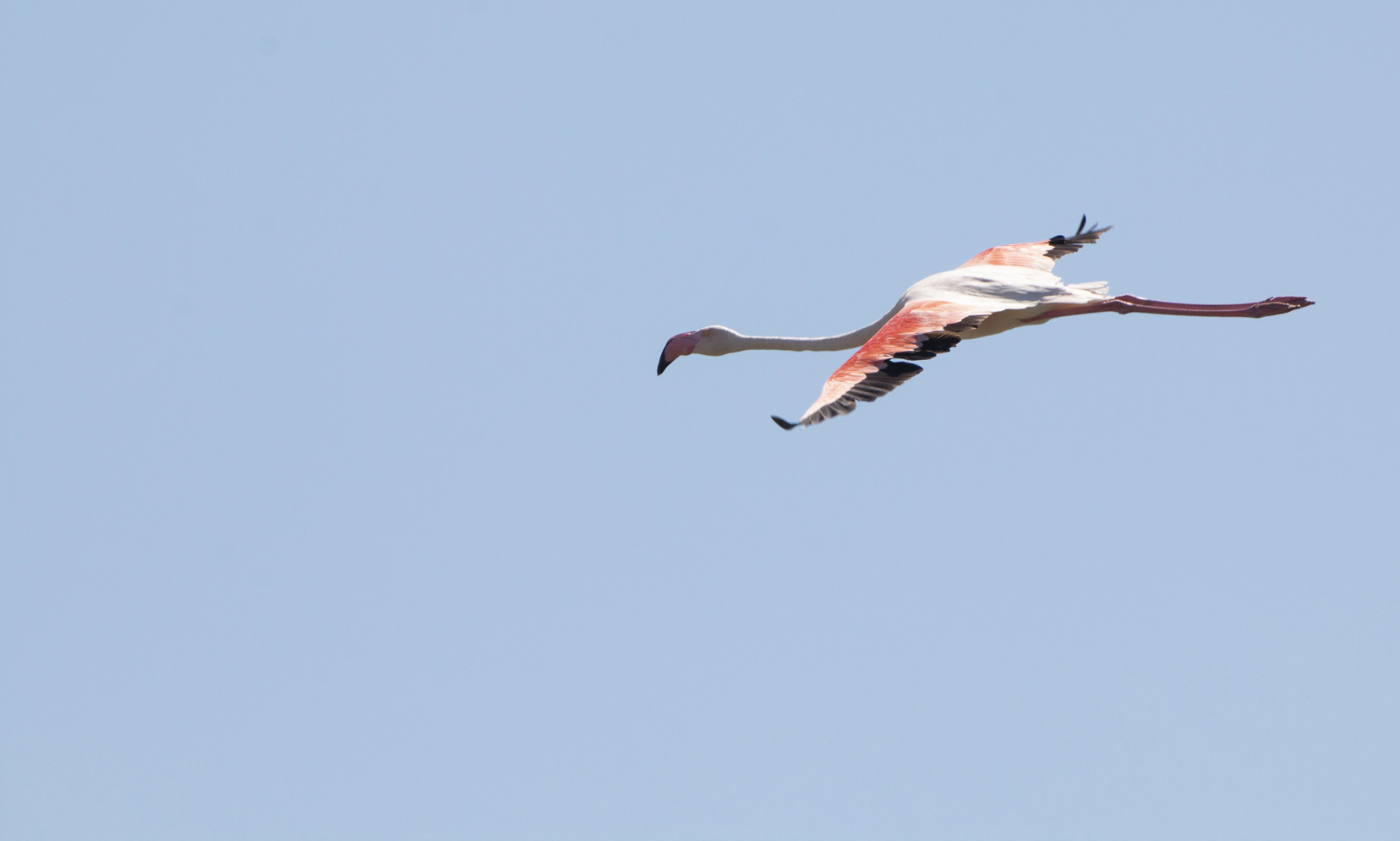Report of the last birding day trip departing from Naples.
Naples’ port, 8:00 am, we are wating for Anna and Luke to start the daytrip, noisy clouds of Alpine Swifts (Tachymarptis melba) fly among the buildings of the waterfront. As soon as our guests arrive we leave Naples to move north to the “Litorale Domitio-Flegreo” where you can find the most ornithologically interesting wetlands of the region.
Anna is a Conservationist working for the National Audubon Society so the car trip passes very quickly while we discuss about ornithology and biodiversity conservation on the two sides of the Atlantic Ocean.
We arrive at the “Oasi dei Variconi” when the sun is already quite up in the sky and soon we receive a warm welcoming: dozens of European Bee-eaters (Merops apiaster) fly few meters above our heads offering a magnificent show.
Squacco Heron. Photo by Valerio Russo.
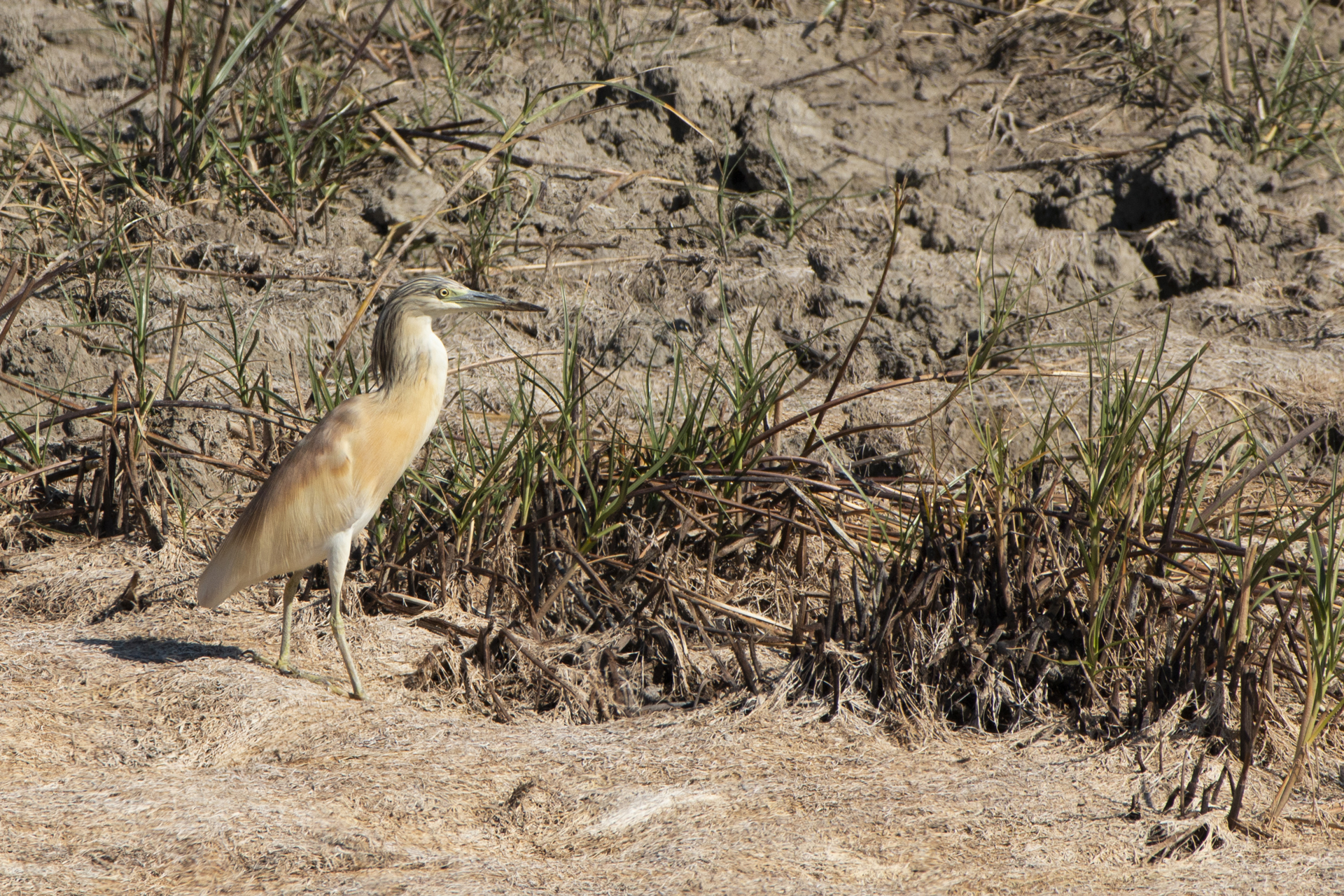
During a short explanation of the territory we start to hear the first Sardinian Warblers (Sylvia melanocephala), a call that we will hear several times during the day. Moving towards the sea we spot a group of Long-tailed tits (Aegithalos caudatus) and in a dried pond a Squacco Heron (Ardeola ralloides) slowly inspecting the ground, on a Tamerisk Anna spots a beautiful Woodchat Shrike (Lanius collurio).
Woodchat Shrike. Photo by Valerio Russo.
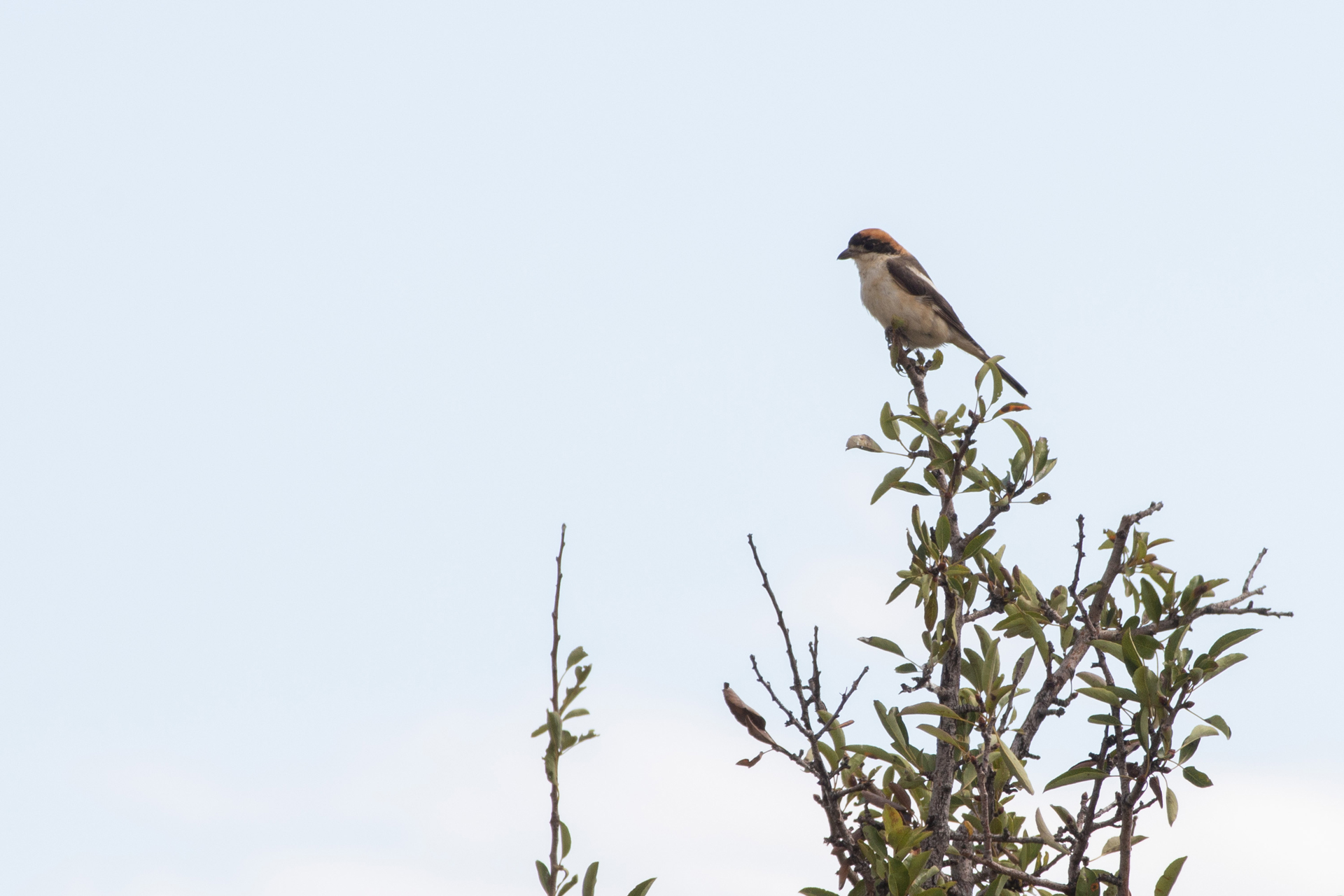
Before reaching the lagoon we spot a small tiny jewel basking on the vegetation, an Italian Tree-frog (Hyla intermedia) a view of which we are all very happy. As we are all very happy in finding the lagoon thriving with life!
Italian Tree Frog. Photo by Valerio Russo.
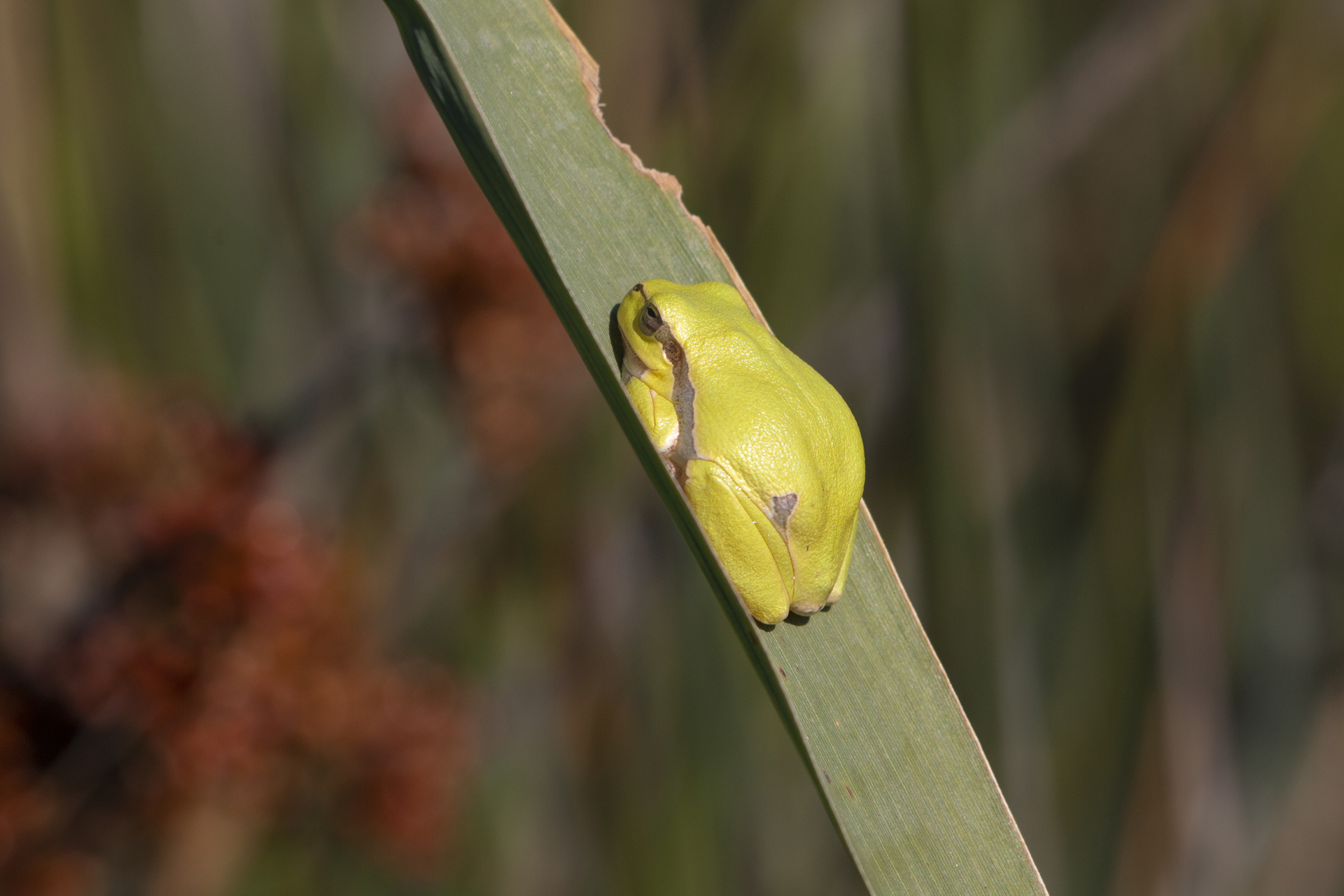
The water level in this season is just perfect for waders, in fact, in less than 20 minutes we spot: several Black-winged Stilts (Himantopus himantopus) a very large number of Ringed Plovers (Charadrius hiaticula) together with fewer Little Ringed Plovers (Charadrius dubius), a Grey Plover (Pluvialis squatarola) hiding in the Salicornia a substantial number of Dunlins (Calidris alpina) and Little Stint (Calidris minuta) and further away a small group of Spotted Redshanks (Tringa erythropus) and a sleepy Common Snipe (Gallinago gallinago).
Grey Plover. Photo by Valerio Russo.
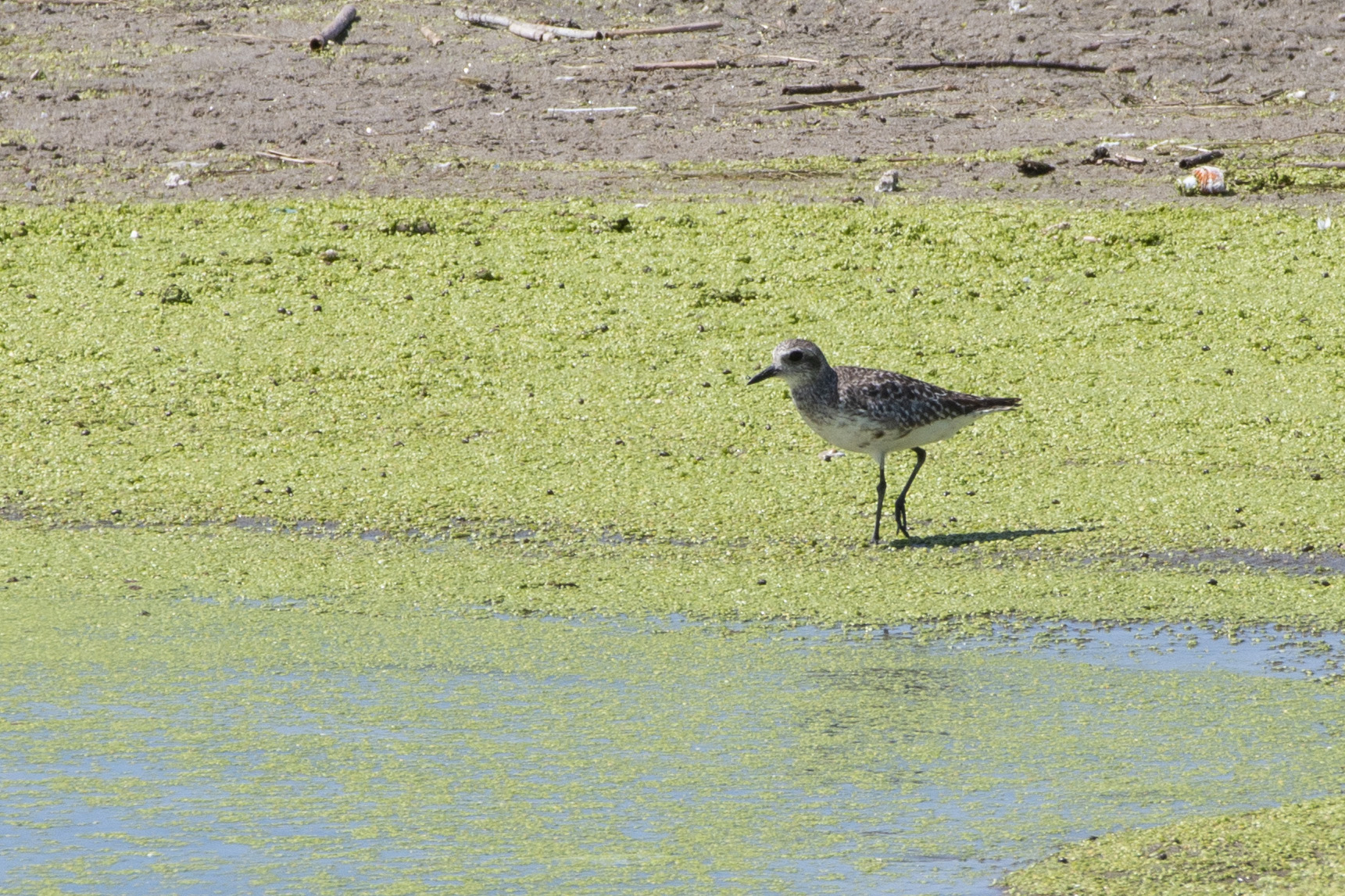
Little Stints. Photo by Valerio Russo.

Waders are not the only inhabitants as the wetland is stunningly full of other aquatic species as Eurasian Spoonbills, Grey Herons, Little Egrets, Mallards, Eurasian Coots, Common Moorhens, Yellow-legged Gulls and Sandwich Terns. One of the most important species observed here, from a close range, is without any doubt the Mediterranean endemic Audouin’s Gull (Ichtyaethus audoinii).
Above our head Barn Swallows and Common House Martins fest on the insects, one single Sand Martin (Riparia riparia) quickly crosses our sight.
Audouin's Gull. Photo by Valerio Russo.

We decide to move to Volturno river mouth, were we find together with dozens of gulls (mainly Yellow-legged) a Ruddy Turnstone (Arenaria interpres) and a Eurasian Oystercatcher (Haematopus ostralegus) and Anna spots a flying Common Kingfisher (Alcedo atthis).
We decide to explore another location but before we deserve a quick stop at the bar for a tasty cornetto. While we rest a bit a group of 6 European Honey Buzzards (Pernis apivorus) gains height in the thermal.
So we arrive at the Regi Lagni mouth, a place as polluted as interesting for birds, and once again we are not disappointed.
Greater Flamingo. Photo by Valerio Russo.

This time we are welcomed by an adult Greater Flamingo (Phoenicopterus roseus) landing just few meters away from us and making our guests really happy as this one of the charismatic species they wanted to observe the most. Together with the pink star, again a large number of waders and aquatic species. To the species contacted in the previous location here we add other beutiful species as, for example, the Glossy Ibis (Plegadis falcinellus), the Temminck’s Stint (Calidris temminckii) and the Sanderling (Calidris alba).
We also observe a juvenile Mute Swan (Cygnus olor), a specimen that has been often observed in this area by friends and colleagues during the month of August. Although being always a beautiful sight there are high possibilities of this individual being escaped from captivity.
Greater Flamingo. Photo by Valerio Russo.
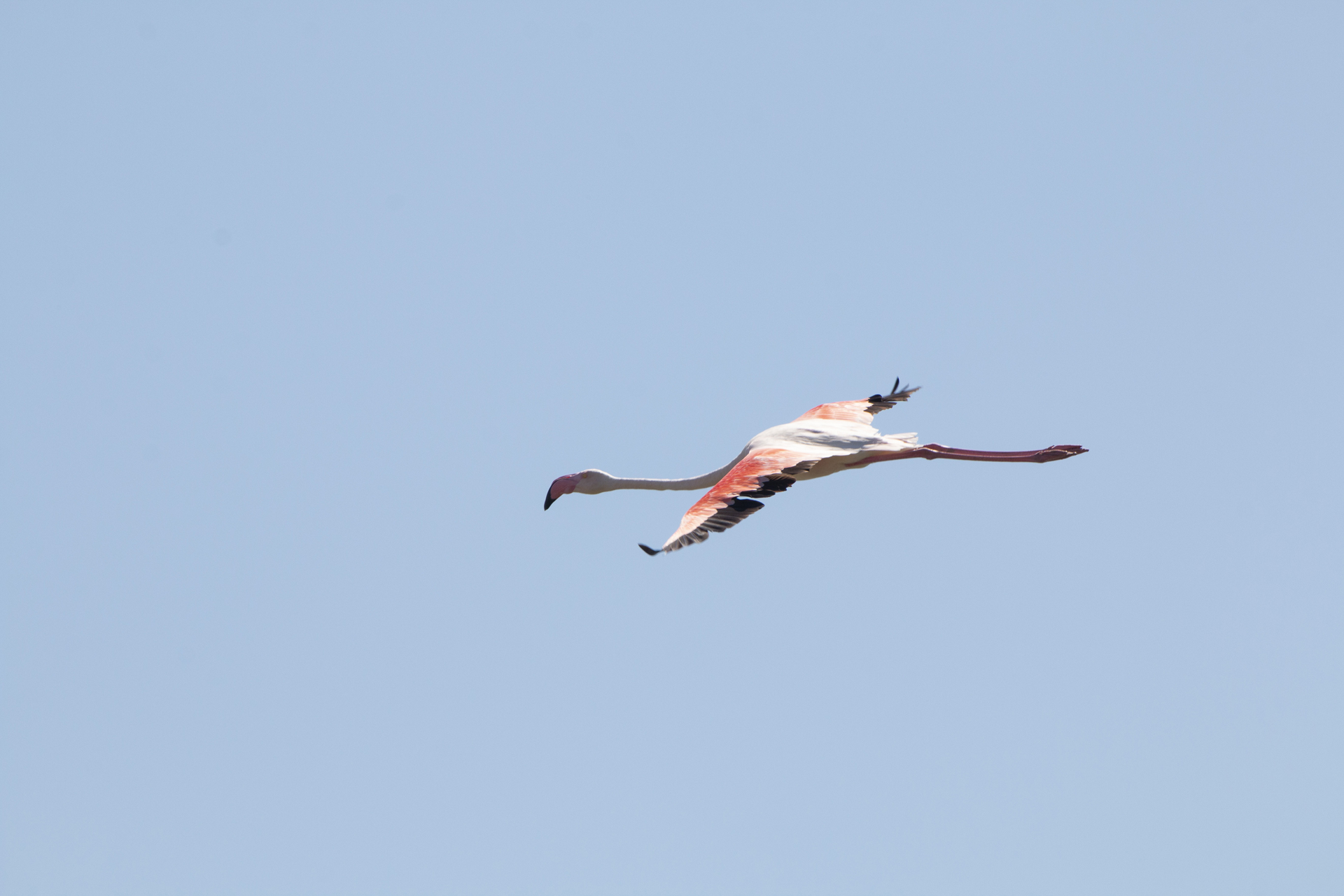
It is lunch time and in this place it can mean just one thing: Mozzarella! Obviously we get it from the best producer of the Region and we decide to eat it at Lago Patria.
The lake this time looks quite calm so we decided to move south to explore the area of the “Burning Fields” – the Phlegraean Fields. This area is usually offering a less exciting diversity in terms of birdlife, nonetheless, thanks to its volcanic origins it has to offer unique landscapes appreciated for thousands of years by travellers from all over the world.
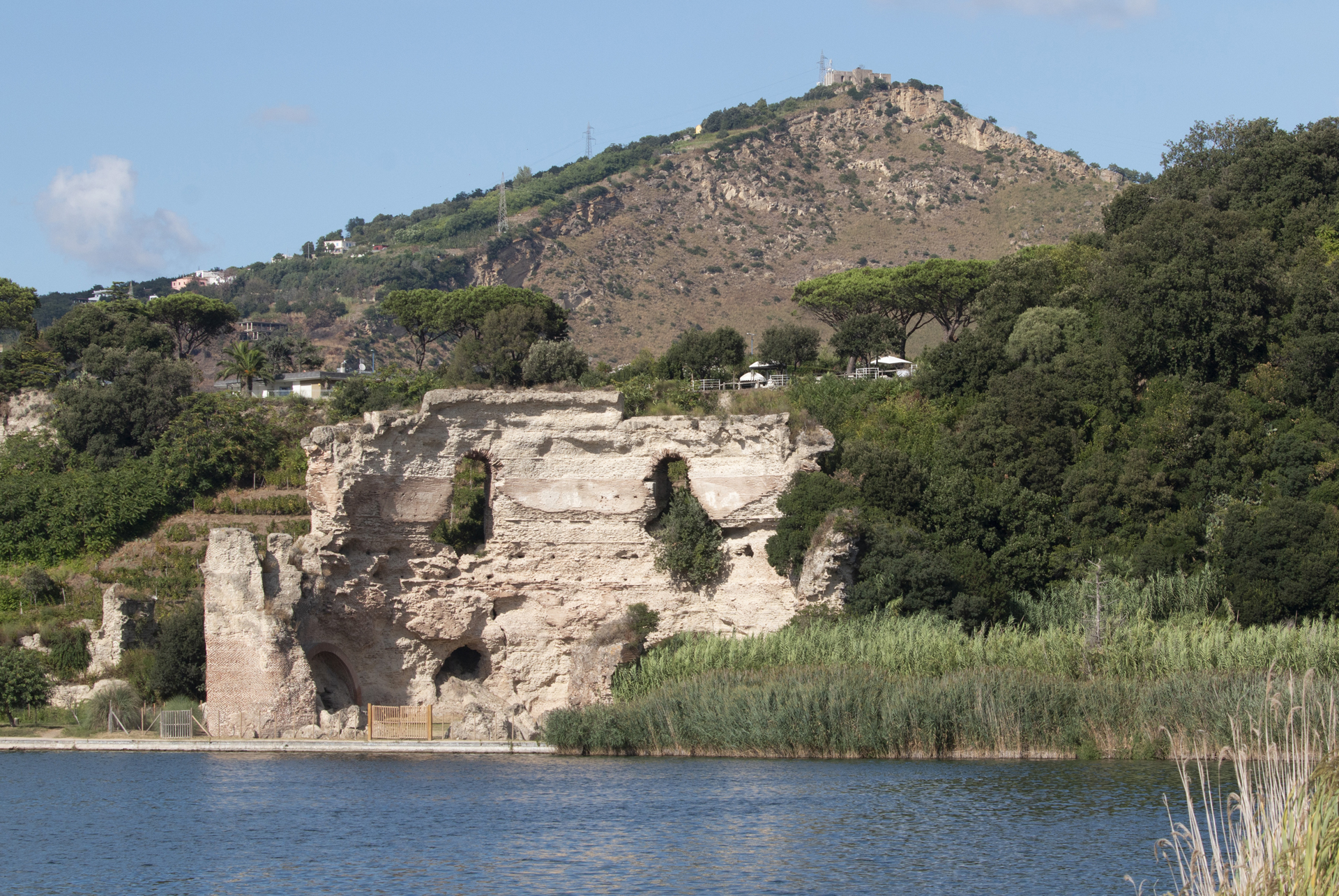
Great Crested Grebe. Photo by Valerio Russo.
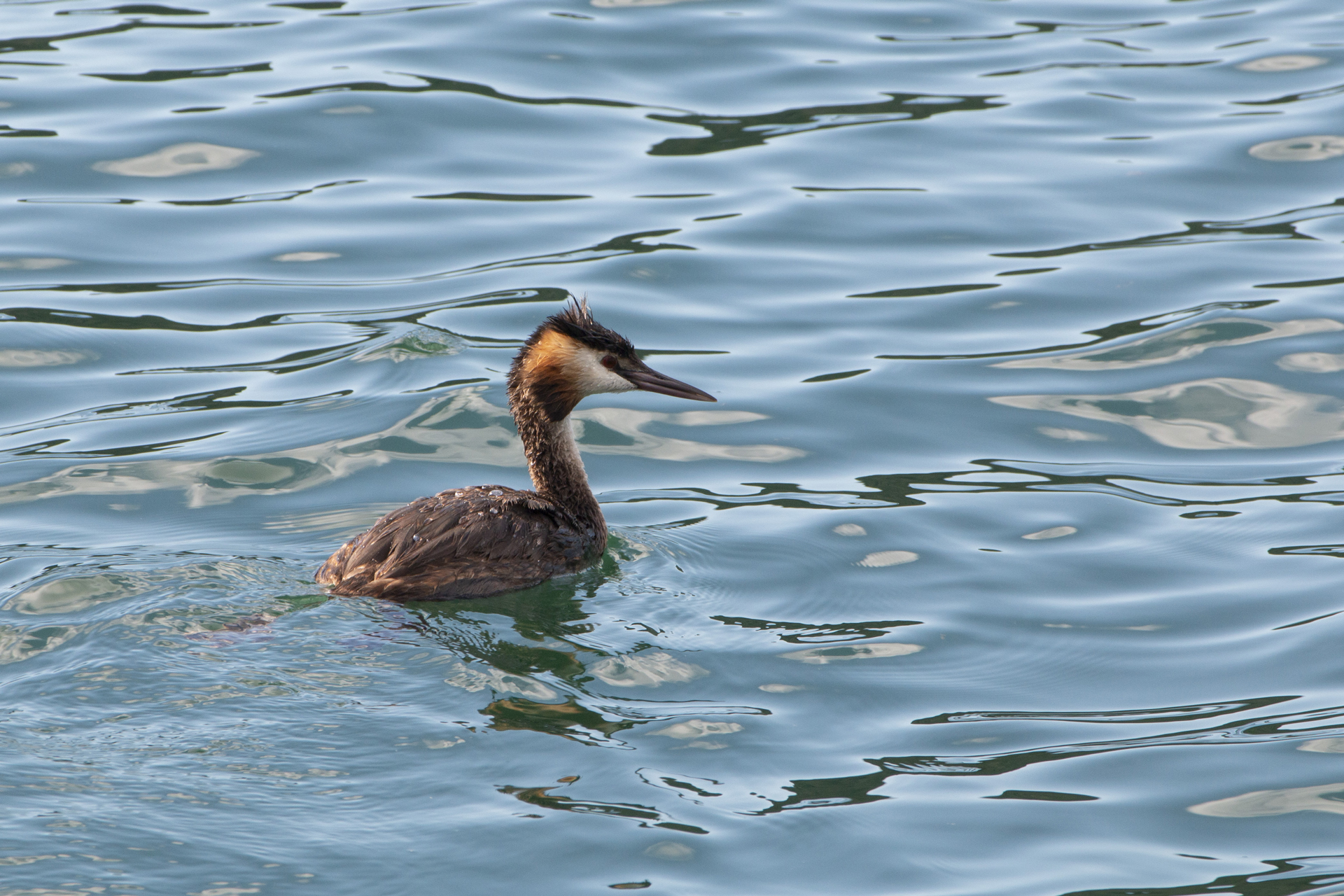
We quickly explore Lake Avernus, adding two new species to the list (Western Marsh Harrier and Great Crested Grebe) and enjoying their geological and archeological richness; before going back to Naples we move to Miseno to enjoy for a last time the extraordinary view on the bay and its island.
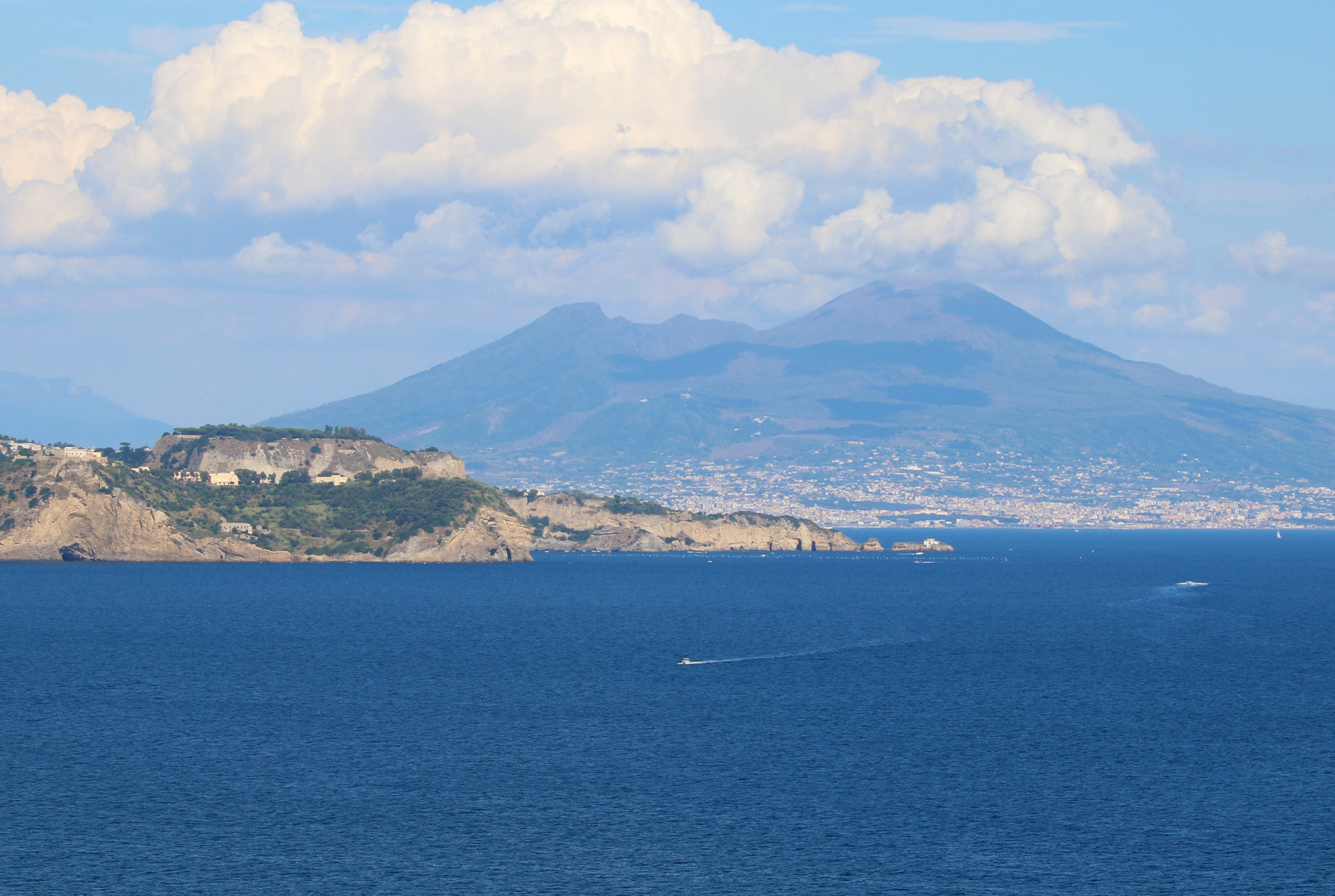
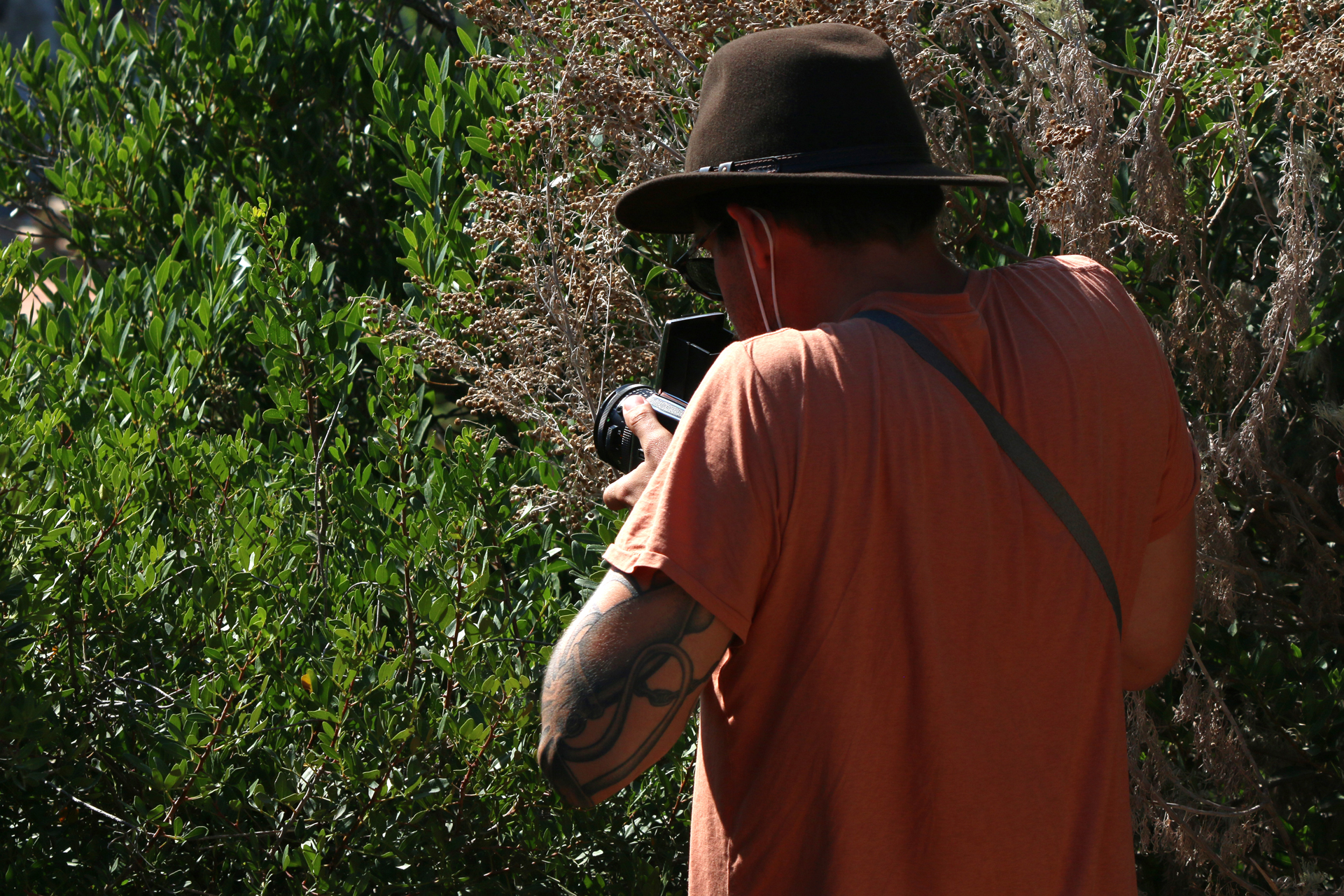
In this location inadvertently make Luke very happy as he is a huge fan of lighthouses and Miseno has a beutiful one just on top of the Cape. In the background the loud call of a Common Raven (Corvus corax) perched on a tree.
Time to came back, the day has been pretty amazing, according to Anna and Luke a “top-notch in their vacation”.
We are sure our paths will cross again.
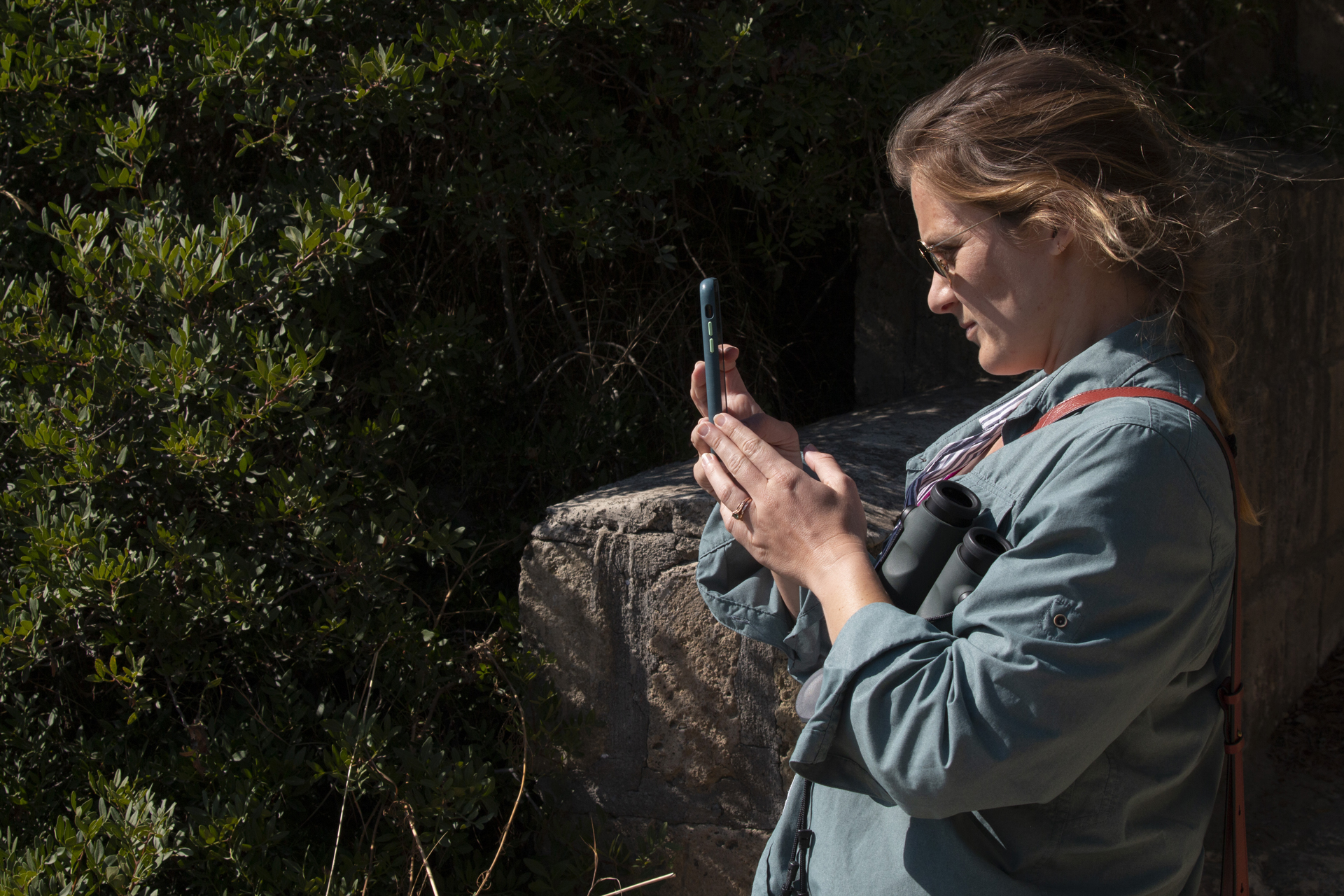
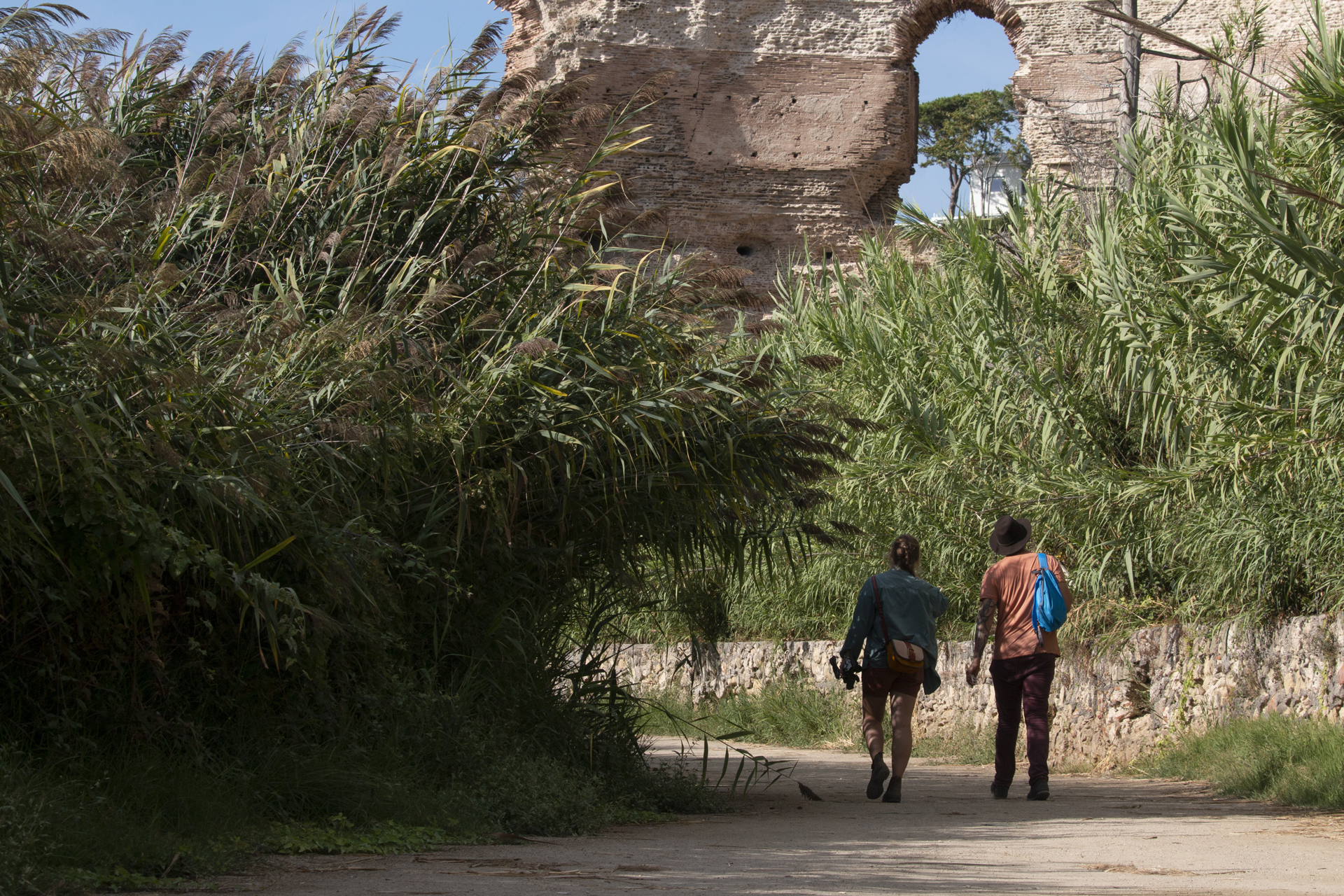
CHECKLIST
- Mute Swan (Cygnus olor)
- Mallard (Anas platyrhynchos)
- Eurasian Teal (Anas crecca)
- Little Grebe (Tachybaptus ruficollis)
- Great Crested Grebe (Podiceps cristatus)
- Great Cormorant (Phalacrocorax carbo)
- Cattle Egret (Bubulcus ibis)
- Squacco Heron (Ardeola ralloides)
- Little Egret (Egretta garzetta)
- Grey Heron (Ardea cinerea)
- Glossy Ibis (Plegadis falcinellus)
- Eurasian Spoonbill (Platalea leucorodia)
- Greater Flamingo (Phoenicopterus roseus)
- Western Marsh Harrier (Circus aeroginosus)
- Honey Buzzard (Pernis apivorus)
- Common Kestrel (Falco tinnunculus)
- Water Rail (Rallus aquaticus)
- Common Moorhen (Gallinula chloropus)
- Eurasian Coot (Fulica atra)
- Eurasian Oystercatcher (Haematopus ostralegus)
- Black-winged Stilt (Himantopus himantopus)
- Little Ringed Plover (Charadrius dubius)
- Ringed Plover (Charadrius hiaticula)
- Grey Plover (Pluvialis squatarola)
- Sanderling (Calidris alba)
- Ruddy Turnstone (Arenaria interpres)
- Dunlin (Calidis alpina)
- Temminck’s Stint (Calidris temmincki)
- Little Stint (Calidris minuta)
- Common Sandpiper (Actitis hypoleucos)
- Spotted Redshank (Tringa erythropus)
- Common Snipe (Gallinago gallinago)
- Black-headed Gull (Chroicocephalus ridibundus)
- Yellow-legged Gull (Larus michaellis)
- Audouin’s Gull (Ichtyaethus audoinii)
- Sandwich Tern (Sterna sandvicensis)
- Feral Pigeon (Columba livia domestica)
- Wood Pigeon (Columba palumbus)
- Collared Dove (Streptopelia decaocto)
- Alpine Swift (Tachymarptis melba)
- Common Kingfisher (Alcedo atthis)
- European Bee-eater (Merops apiaster)
- Sand Martin (Riparia riparia)
- Barn Swallow (Hirundo rustica)
- Common House Martin (Delichon urbicum)
- Common Blackbird (Turdus merula)
- Sardinian Warbler (Sylvia melanocephala)
- Zitting Cisticola (Cisticola juncidis)
- Spotted Flycatcher (Muscicapa striata)
- Long-tailed Tit (Aegithalos caudatus)
- Woodchat Shrike (Lanius senator)
- Eurasian Magpie (Pica pica)
- Western Jackdaw (Corvus monedula)
- Hooded Crow (Corvus cornix)
- Common Raven (Corvus corax)
- Italian Sparrow (Passer italiae)
- Tree Sparrow (Passer montanus)
